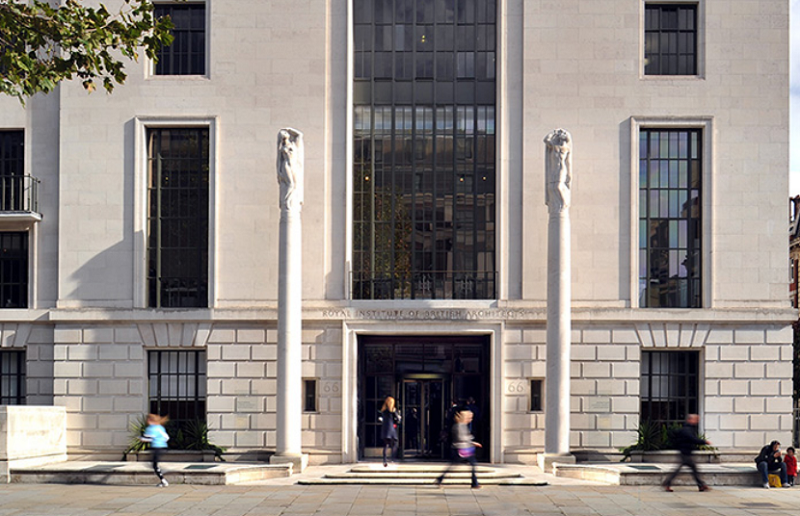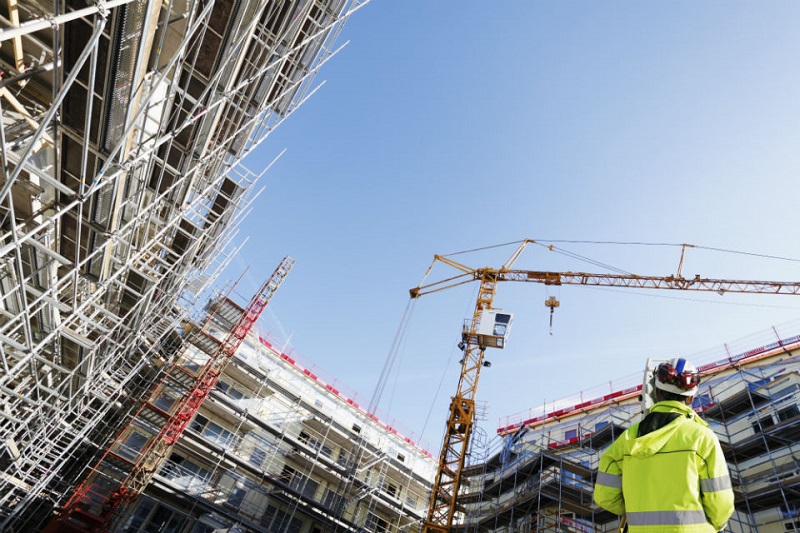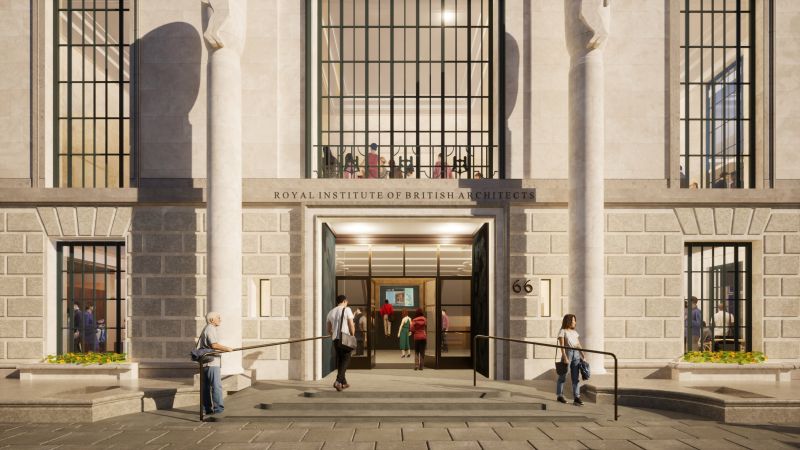The Royal Institute of British Architects (RIBA) has published the findings from its latest Future Trends Survey, a monthly report of business and employment trends affecting the architects’ profession.
It shows that, in September, architects felt more upbeat about future workloads and the number of staff practices intend to employ.
Even though, overall, practices expect workloads to fall, the outlook has improved markedly since last month, driven by a better outlook among smaller practices and less pessimism in the housing sector.
Nearly all monitored work sectors reported an improved outlook, as did practices from all regions, with staffing levels also expected to rise slightly over the next three months.

In September, the RIBA Future Trends Workload Index rose by 10 points to -1.
Over the next three months, 24% of practices expect workloads to increase, 25% expect them to decrease, and 51% expect them to stay the same.
While remaining somewhat negative, the outlook of small practices (1-10 staff) improved by a significant 13 points to -4. Medium (11+ staff) and large (50+ staff) practices maintain a positive outlook about future workloads, with a combined Workload Index figure of +17, a decrease of 7 points compared to last month.
Despite the fact all four monitored work sectors retained a negative outlook on future work, three out of the four improved. The outlook for the Private Housing sector rose by 16 points (to -7) following significant falls over the last four months; outlook for the Commercial sector rose by 7 points (to 0); the Public sector held steady (at -5); and the Community sector rose by 11 points (to -1) – now at its highest level since early 2022.
Regionally, September saw a return to optimism in the North and the Capital, but practices elsewhere remained concerned.
In line with lifted pessimism, the RIBA Future Trends Permanent Staffing Index also rose by 3 points to +1.
- Over the next three months, 9% of practices expect to employ fewer permanent staff, 10% expect to employ more, and 80% expect no change.
- Medium and large practices continue to expect an increase in permanent staff, returning a combined Index of +22.
- Small practices continue to expect staffing levels to decline, although outlook is slightly improved, returning an Index of -3.
- All regions except one anticipate growing permanent staffing levels. The North of England (+13), Wales & the West (+4), the South of England (+2), and London (+1) all expect permanent staffing levels to increase, while the Midlands & East Anglia (-13) remained concerned.
- The Temporary Staffing Index rose by 7 points to 0, suggesting stable numbers of temporary staff in the next three months.
- Levels of personal underemployment rose very slightly to 23%.
RIBA Head of Economic Research and Analysis Adrian Malleson said: “September’s data continues to reflect a somewhat downbeat profession, but the less pessimistic outlook among small practices, and across the housing sector, provides some reason to be hopeful. It’s also encouraging to see a return to positive sentiment in London and among larger practices.
“Practices noted an uptick in enquiries following the summer break, more refurbishment and conservation work, and a more optimistic view about the remainder of the year than previously.
“Nevertheless, significant challenges to the economy, industry, and profession persist. Taken alone, this data is insufficient to suggest better trading conditions are just around the corner for architects.
“Some practices noted the effects a weak economy and increased interest rates, with fewer enquiries, enquiries failing to lead to projects, and existing projects being paused or abandoned due to constrained client financing. Some reported clients seeking to agree fixed project fees at the early design stages (0-2), and intense fee competition.
“Practices also continued to report planning delays, described as ‘crippling’, with insufficiently resourced planning departments holding back projects and stifling architects' work.
“We will continue to report our findings to the Government and work with other built environment bodies to monitor these trends.”




















